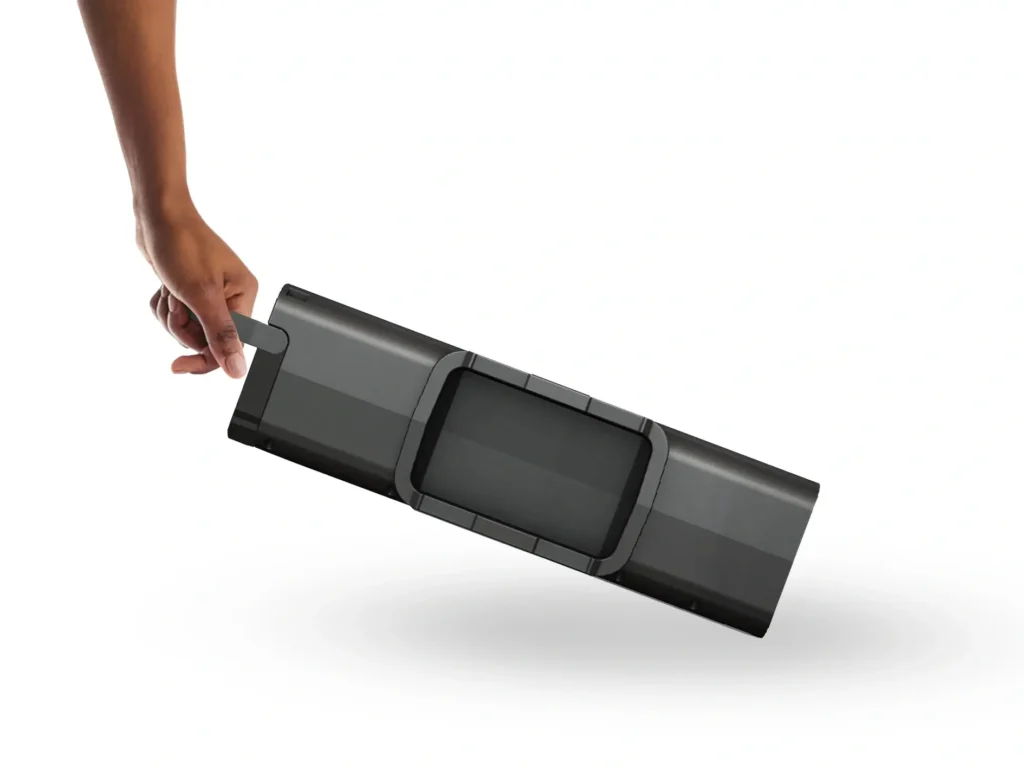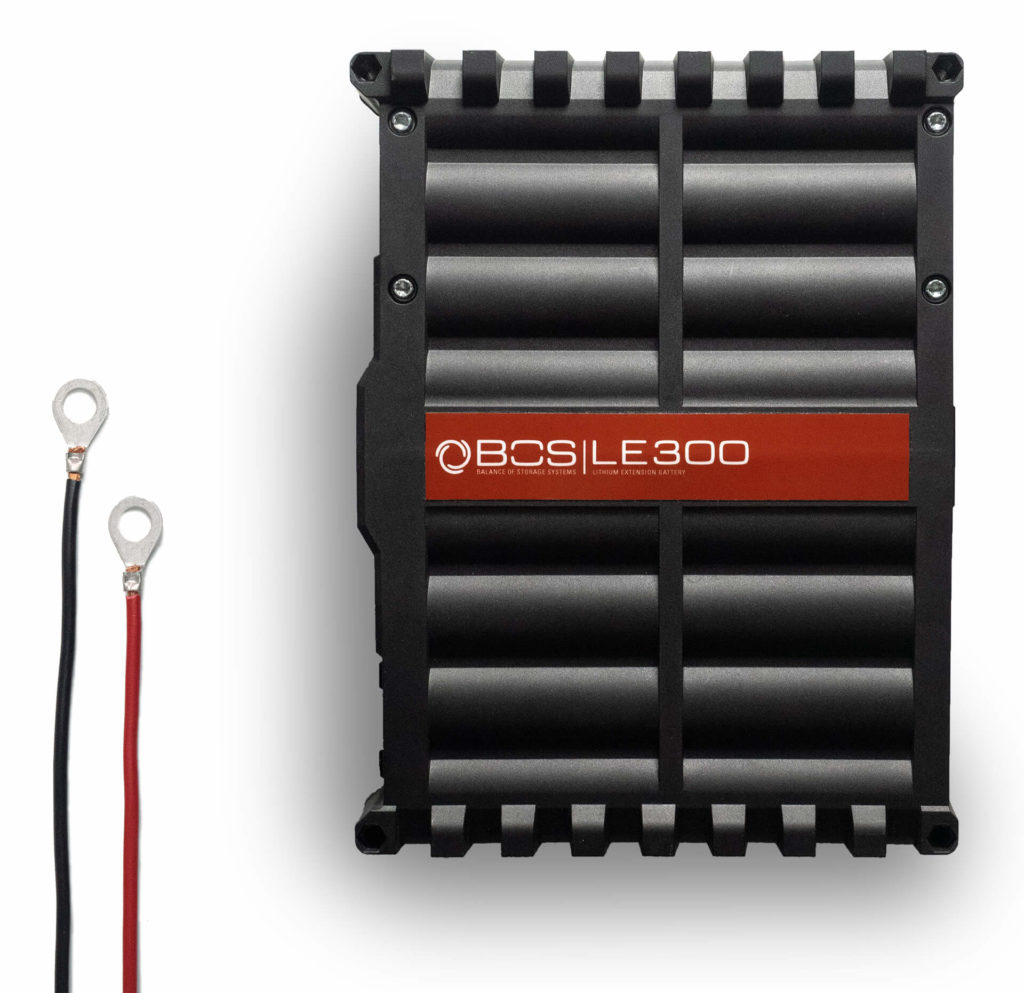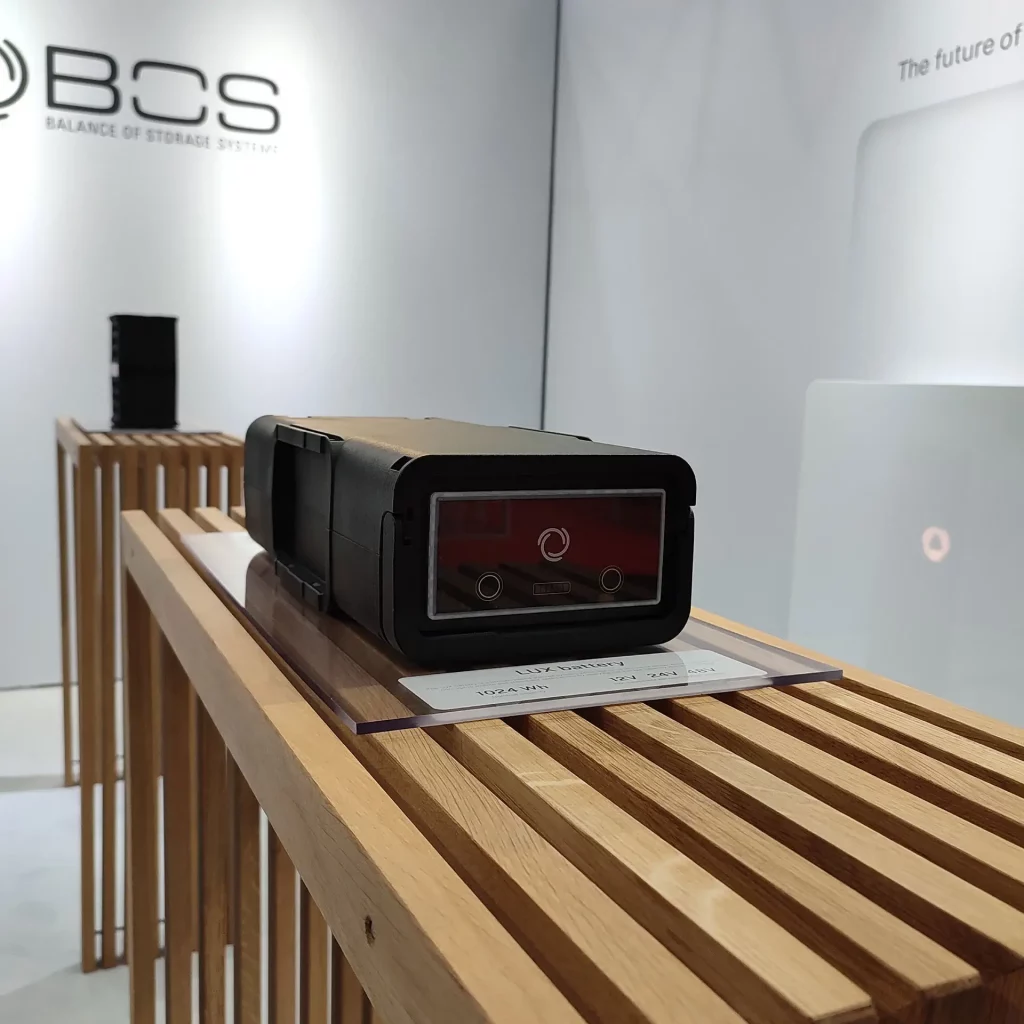Steering towards a circular economy
Est. reading time: 5 min
In essence it is all about saving resources and CO2
Lithium batteries traditionally have been designed for specific purposes like Electric Vehicles, backup for solar PV panels or energy storage systems, gadgets, etc. While being used, their capacity slowly reduces over their lifetime and are typically discarded when most of their capacity is still available, which is a premature stage to recycle them. Recycling only makes sense when the lithium batteries cannot be repurposed or reused. Lithium batteries can be used for a period of 8-20 years depending on their applications. The more stressful the application is, the shorter is the expected life span.
But operating life can be extended significantly by reusing batteries for a second life. Lithium batteries can be considered CO2 neutral when used in clean applications. For example, EX and solar systems offset the emissions from the production. Is a second life given to those batteries, their carbon footprint becomes even smaller or in other words positive.
» We asked ourselves - what if we could design a Lithium battery which serves its purpose in campervans, boats, ESS and then transitions to lesser intensive applications like solar backup before being recycled. «
More than one life to serve many purposes
All eventualities considered from the outset
One battery for every use case
Batteries have been powering everything around us, from electric vehicles to a lawn mower to our solar system at home. This means a different battery for every new and existing application, creating a huge demand for new materials and potentially a waste problem towards end of their life. To put an end to this, a battery with multiuse concept has been designed to cater to multiple use cases. Need to store your green solar energy, BOS systems can do that. Need to go on a vacation in your motorhome, the same battery can do that, just take it out from your solar system and install it in your motorhome just before you leave. Once back home, put it back to the solar system. The product has been designed to work with different electronics and applications without needing any kind of modification. While in use, the smart electronics on board monitor the performance and usage of the batteries closely and adapt to the needs in a way that reduces the aging of the batteries.
Extending the useful life of Lithium batteries
Once the available battery capacity has fallen below the acceptable capacity for the first time application, it is bought back from the customers to be installed in less demanding stationary applications across Europe, Asia and Africa. For stationary applications like solar, various second life batteries can be used to reach the needed battery capacity. This is beacause space and weight are not an issue in stationary applications, contrary to mobile applications. In such a configuration, the second life of the batteries can last as long as 10 years, if designed for second life applications.
To end up with batteries that can have a second life they need to be designed for the purpose. We have built state of the art prediction algorithms, that accurately measure the health of the batteries, which is crucial to build safe, long lasting and reliable second life lithium batteries.
Recycling more at the end of life
After the battery capacity is down to 60%, it is collected back and sent in for recycling. The electronics have been designed to completely discharge the battery before being sent to recycling, which makes the handling of lithium batteries safe while charged lithium batteries pose significant fire hazard in the process of recycling. The plastic case is designed to be dismantled easily.
The revenue from the Second Life application covers the costs of logistics for collection from customers and delivery to recycling centres and is used to subsidise these costs.
Traceability to enable Circularity
A key aspect of a circular economy is the ability to map and trace minerals, materials, components and final solutions throughout their life-cycle. Apart from building transparency across the value chain, it also enables matching the batteries for a second life and collecting for recycling from the customers across the globe. We enable everyone to become part of a responsible use of the valuable resources on our planet.




